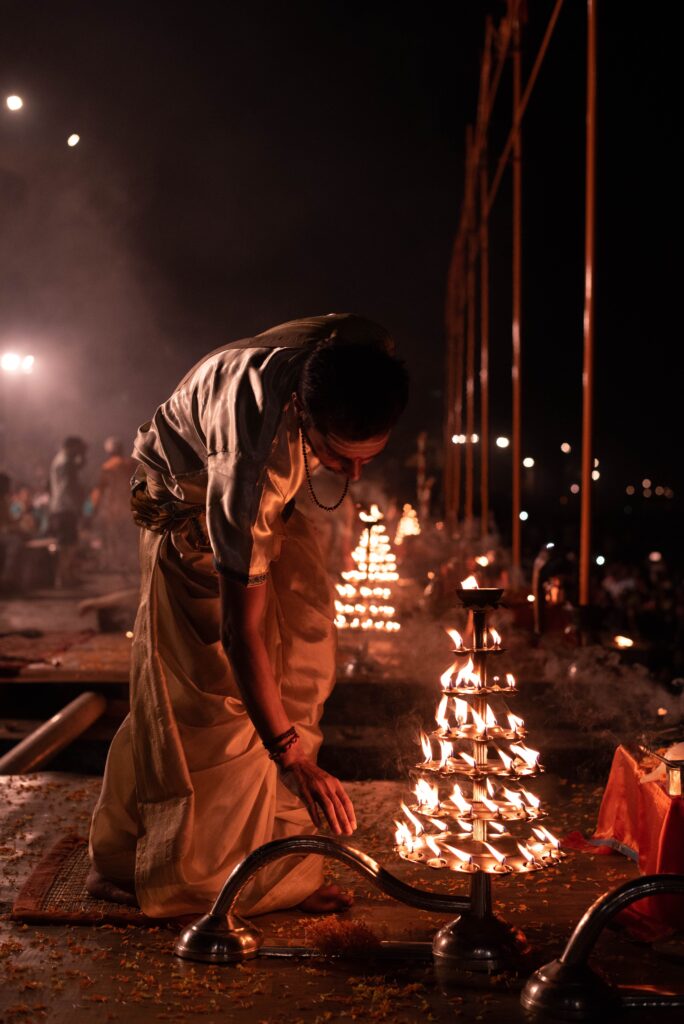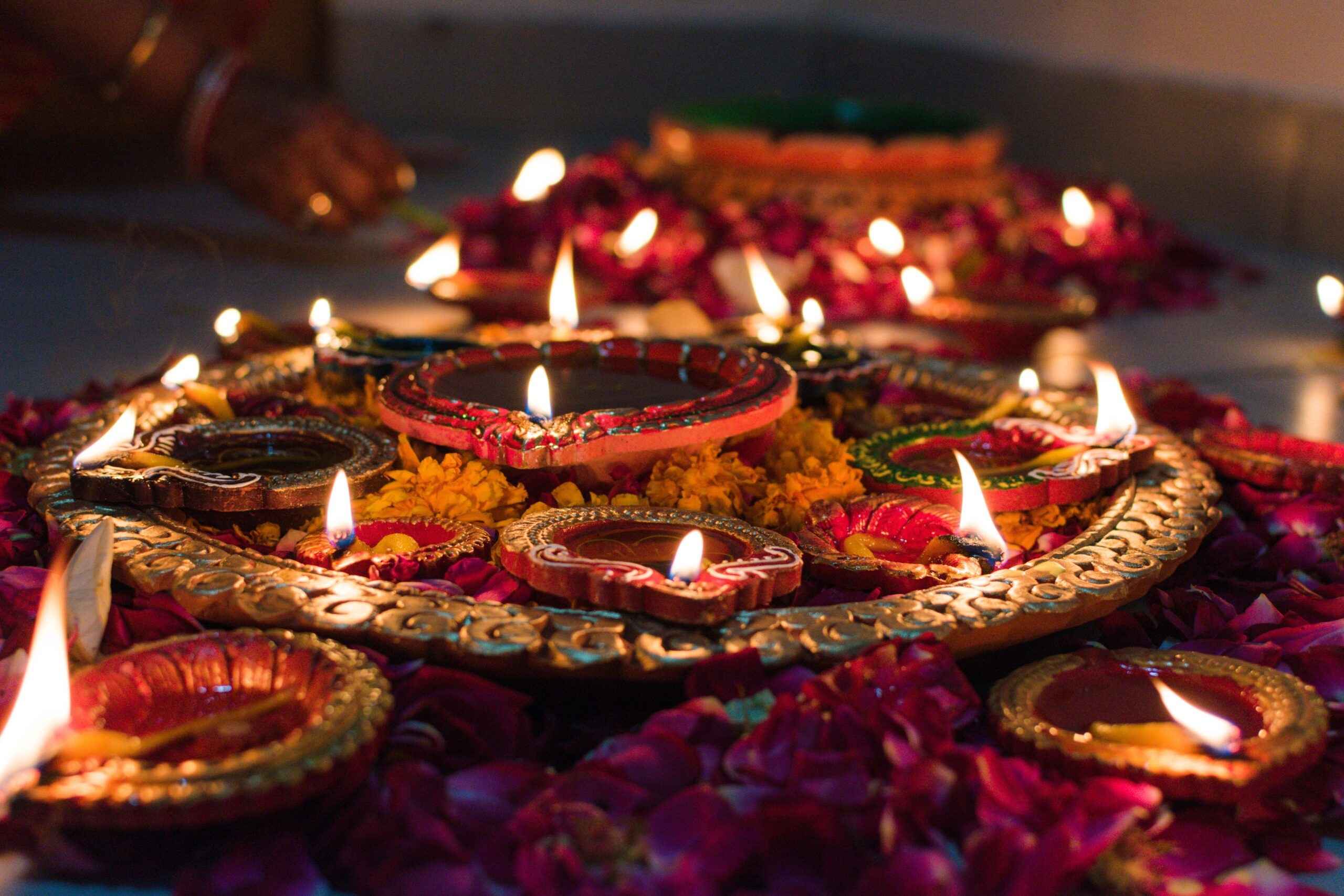According to the Hindu calendar, Diwali falls in the month of Kartik on the 15th day. The festival of lights is commonly celebrated by adorning homes with candles and lamps, observing religious rituals, sharing gifts and wishes to one another and bursting of firecrackers. The word deep means light and the word avali means row.
Diwali History: Why We Celebrate Diwali
The Ramayana Story The most well-known god connected with Diwali is that of Lord Ram’s return to Ayodhya after a 14-year exile and victory over the evil king Ravana. Ravana, the evil ruler of Lanka, kidnapped Sita when she was in exile. Lord Rama finally defeated Ravana and rescued Sita after overcoming many obstacles and going on a protracted mission. The inhabitants of Ayodhya delighted in this triumph and King Rama’s return by lighting earthen diyas around the kingdom, giving out sweets, and lighting firecrackers—traditions that are still practised by many who commemorate the festival today.
Goddess Lakshmi‘s story
Most of the Hindu people worship Goddess Lakshmi on Diwali, considering her as a goddess of prosperity and wealth. The day is marked as the birthday of this deity which was the New Moon day of the Karthik month. Utterly impressed by the calm beauty of Lakshmi, Lord Vishnu decided to marry her. To commemorate this event, the diyas were lit in a row. Since that time, people have been celebrating Diwali to honour the goddess Lakshmi and seek her blessings.
The story Goddess Kali
In some parts of India, especially in Bengal, the festival is dedicated to the worship of Maa Kali, the dark goddess of strength.
The Five Days of Diwali
Diwali is celebrated over a period of 5 days, where each day is signified by certain rituals and traditions.
The first day of Diwali, popularly known as Dhanteras, marks the beginning of Diwali. On this day, people clean their houses as well as their workplace. Diyas are placed outside the house, doorways are decorated and beautiful rangolis are made. Since, it is considered to be an auspicious day, people also buy new items like clothes, jewellery and furniture.
The second day of Diwali, also known as Choti Diwali, is Naraka Chaturdashi. The celebrations on this day indicate a sense of freedom from all kinds of suffering. A wide variety of sweets are prepared and distributed among relatives and friends.
The third day of the festival is known to be the main day of Diwali. Also known as Lakshmi Pujan, devotees welcome Goddess Lakshmi into their homes. They worship her and seek her blessings. This is a day of celebration and joy as people burst crackers and meet up with their relatives and close friends.
The fourth day of Diwali is the Govardhan Puja. It is a celebration of that time when Lord Krishna lifted the Govardhan Mountain on his little finger, to save the cowherd and all the farmers from dangerous floods.
The fifth and final day of Diwali, also known as Bhai Dooj, celebrates the beautiful bond shared by brothers and sisters. This is again a day of celebration and excitement, as brothers meet their sisters and offer them several gifts.
Why should we celebrate Diwali
Every ritual of the Diwali festival has a significance and a story behind them. Diwali symbolizes the spiritual victory of light over darkness, good over evil and knowledge over ignorance. The lights of Diwali signify a time to destroy all our dark desires and thoughts, eradicated dark shadows and evils and gives us the strength and the zeal to carry on with our goodwill for the rest of the year.
Diwali is a festival that unites people from all corners of the country, regardless of religion or caste. It’s a moment when people embrace and rejoice. The festival is celebrated in a friendly atmosphere and exudes a pure aura.

Hope you enjoyed reading this post for more such type visit.

